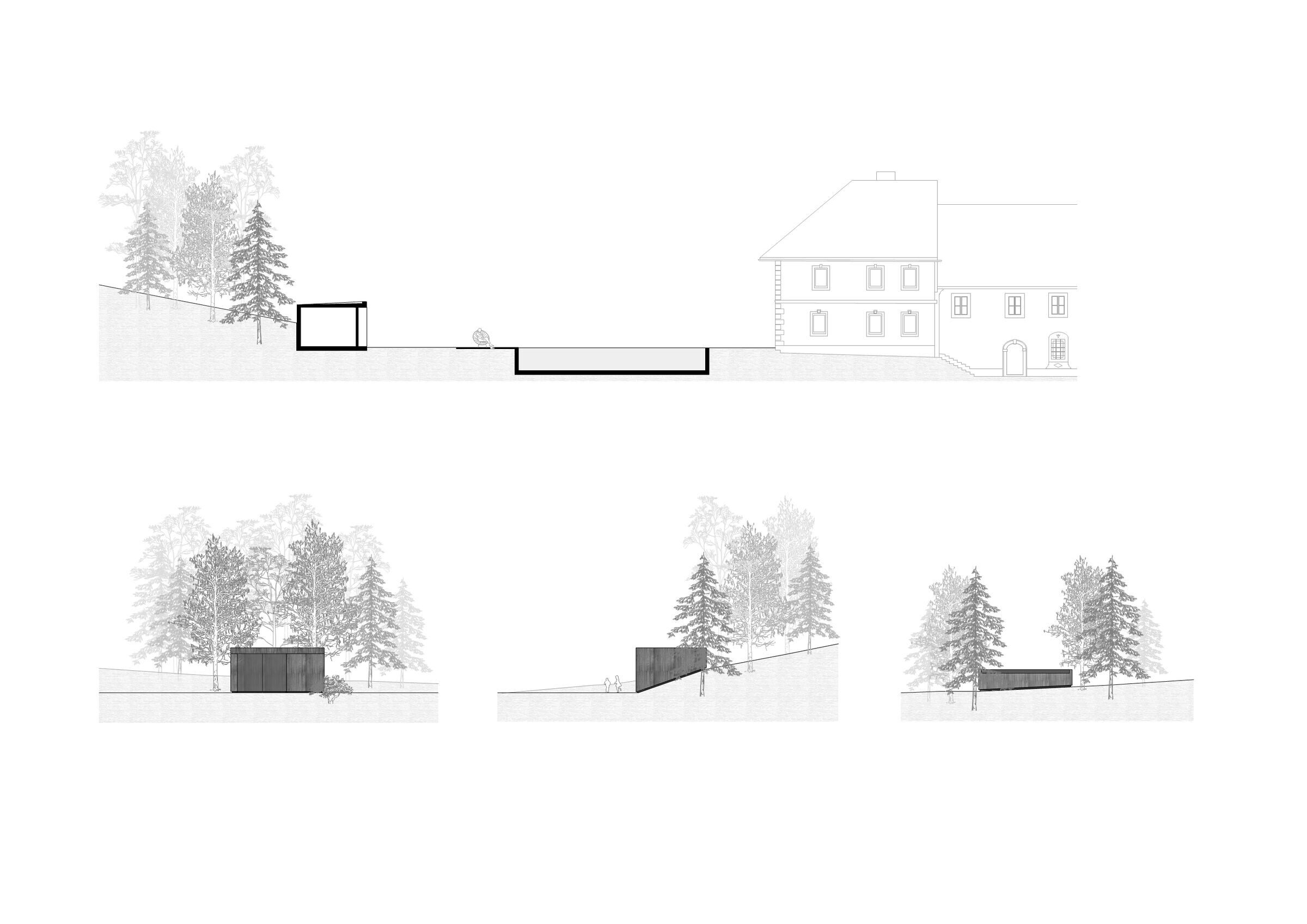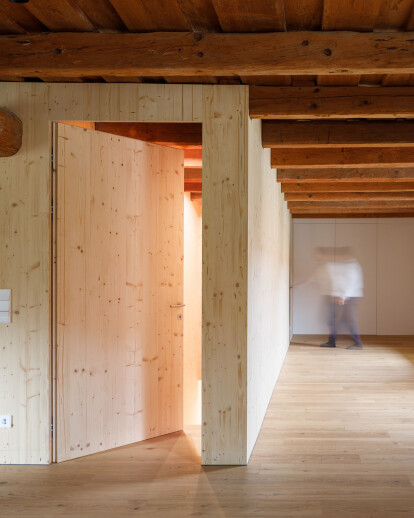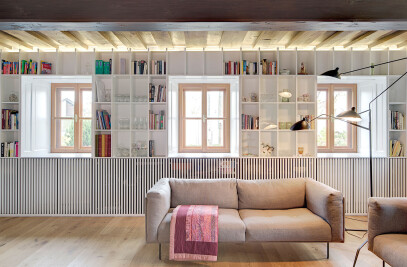HISTORY AND TASK
HOF G is a classic four-sided estate that has been constantly readjusted over the generations in line with familiar and proven structures. The young family is following this tradition and is pursuing the path of a logical but contemporary continuation of what already exists in the sense of a homogeneous overall ensemble: a value-stable and adequate use in the specific context of location and task:


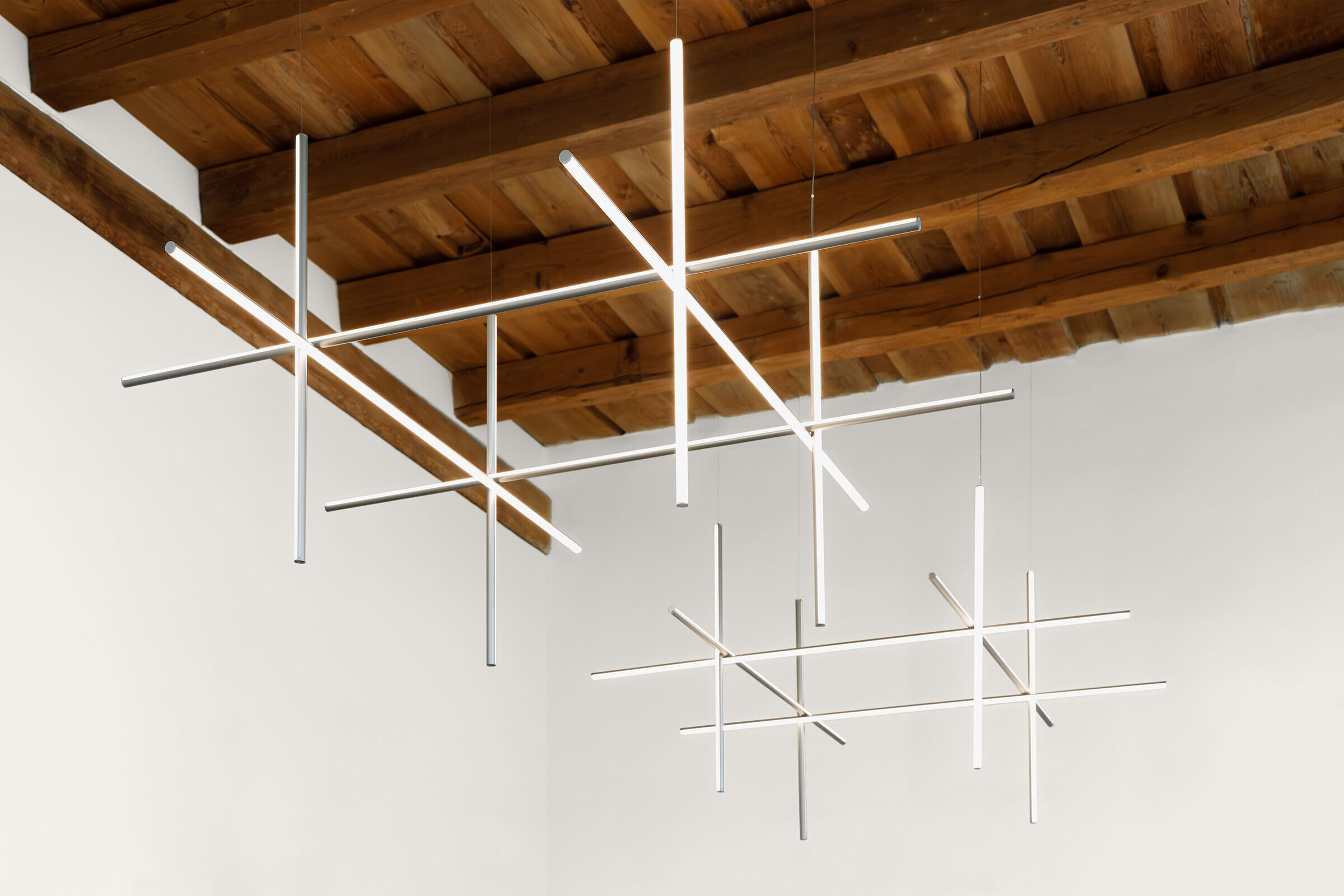
In addition to the classic field economy, the potential of the existing historical structures was recognised two decades ago and carefully adapted to create an atmospheric venue for festivities. This was to be complemented by a room that could be used freely, enabling seminars to be held and also providing a setting for weddings.
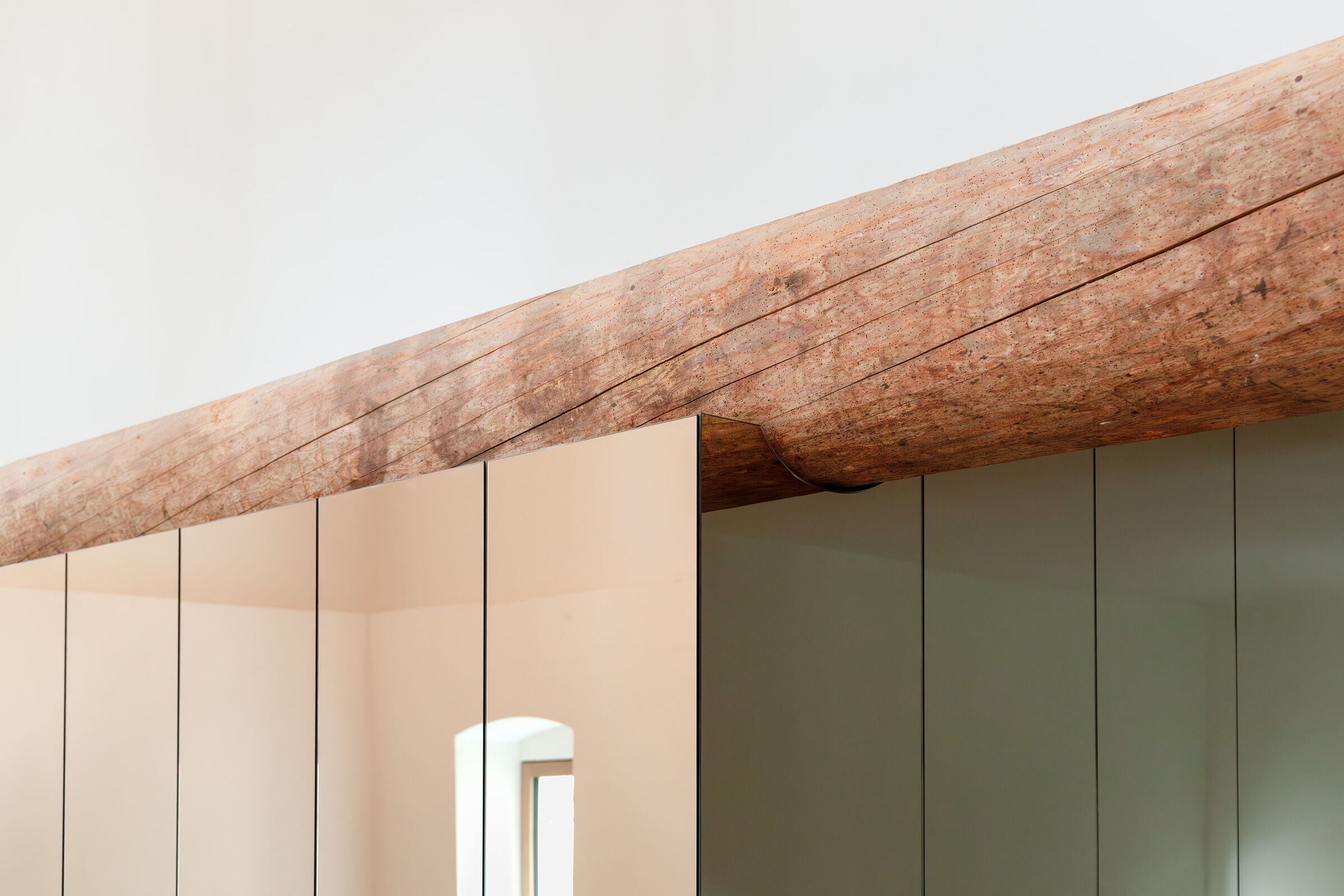

The living area and the outdoor area were completely modernised in terms of functionality and thermal insulation. In addition to preserving the identity of the building, the logistical separation between public and private areas was a key parameter of the project.
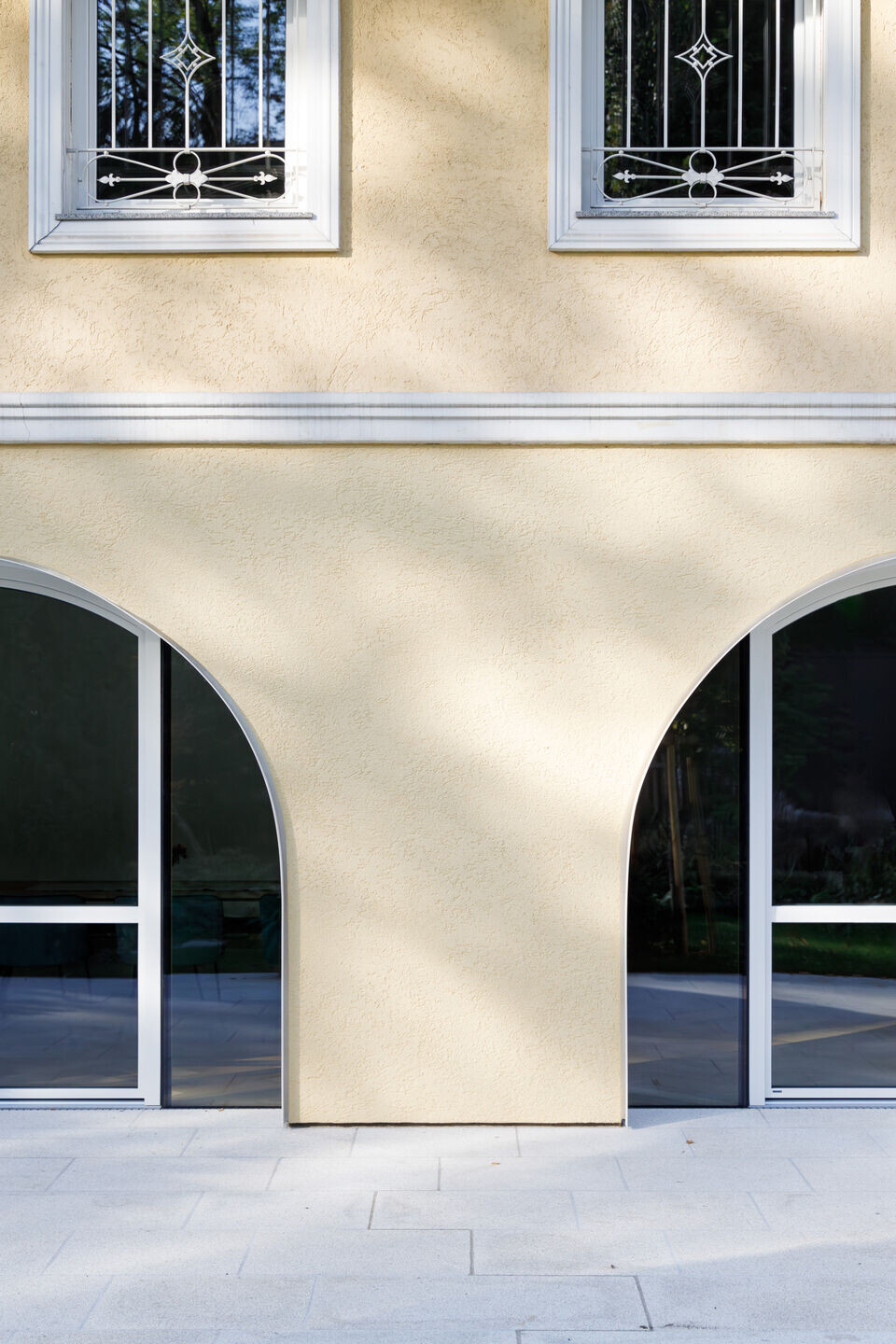

CONCEPT
The former press house, which had been vacant for years, was assigned to the public area as a space that can be used in a variety of ways. The clear structure and well-proportioned beauty of the typological, square floor plan and the two-storey room section were restored, exposed and strengthened in character. The rhythmic arrangement of the windows creates a consistent clarity and archaic, natural lighting. The installation of the serving rooms is covered with mirrors in order to disappear into the existing building. The minimal lighting equipment is an analogy of the geometric rhythm.
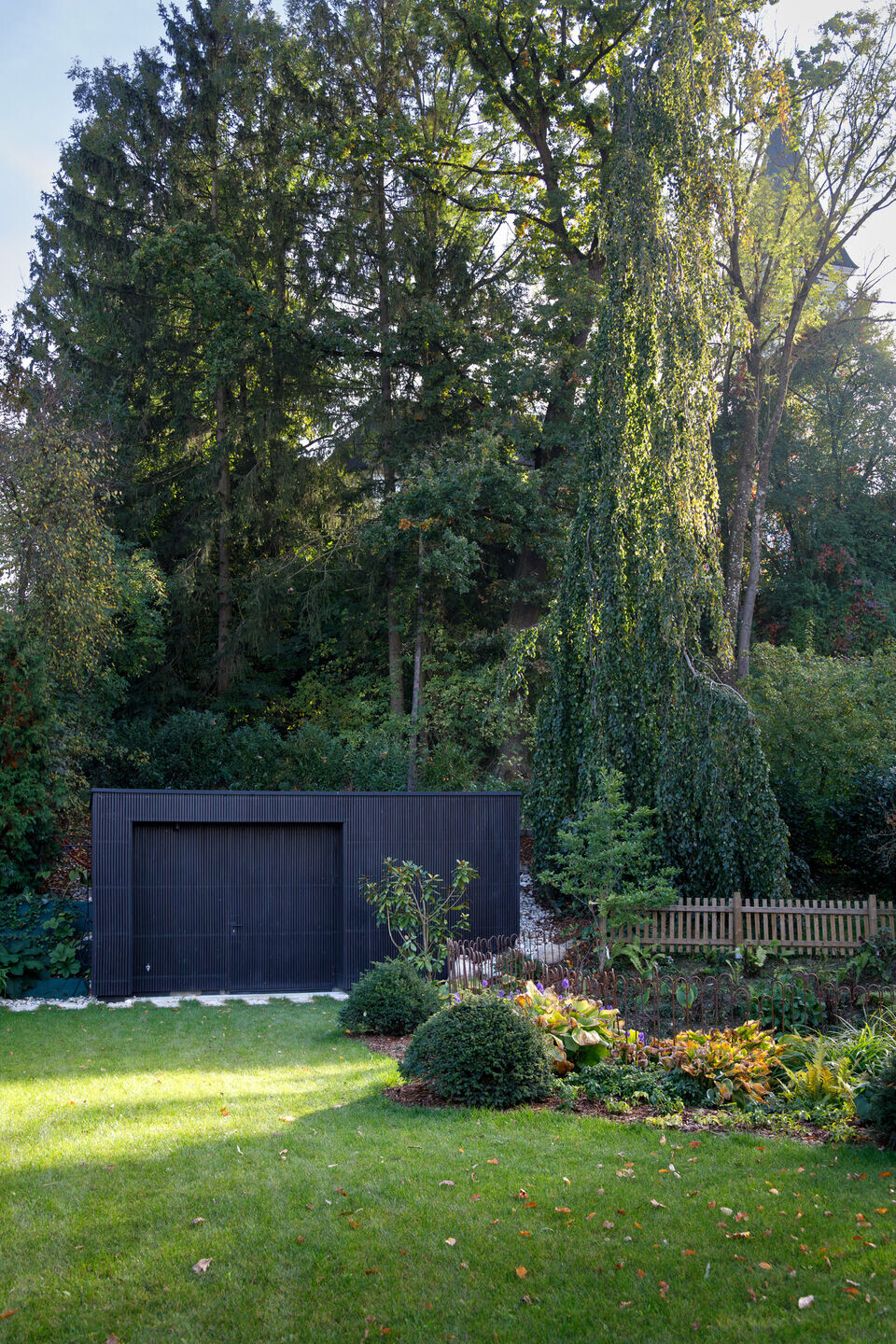
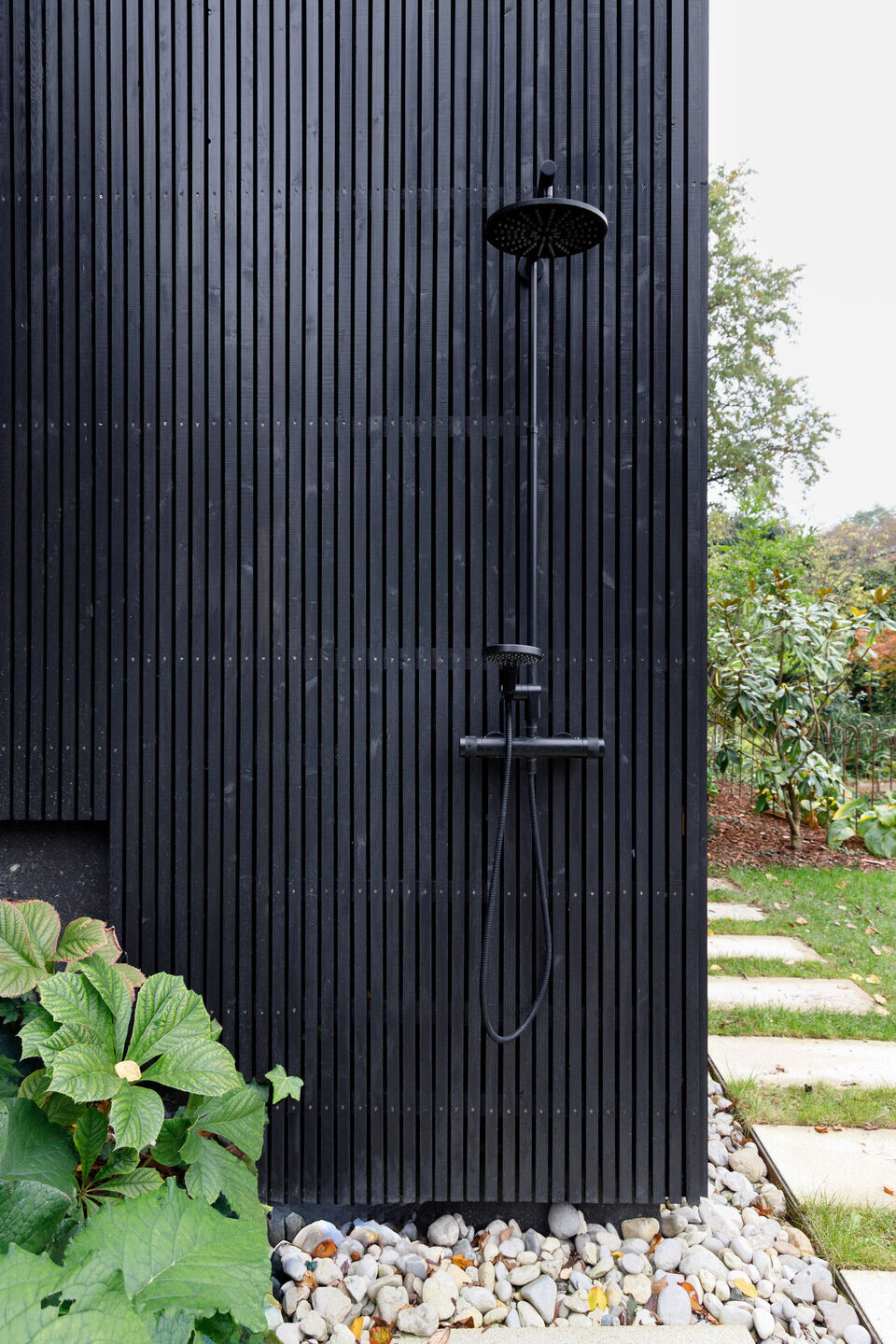
The living area continues the concept of typological continuity. The historic floor plan and its classic division into entrance area - the through-house - and the adjoining kitchen and dining room have been retained in their functional arrangement. The adjoining rooms have been combined to create a spacious, contemporary living space. The formerly vacant storage area on the upper floor was converted into a children's wing, which can be separated into a granny flat for efficient subsequent use. Here too, the strength of the existing building plays the main architectural role: The historic wooden beam ceiling spans this area in its entirety. The fixtures and fittings are built in timber frame construction with spruce surfaces to tie in with the existing construction method.

REALISATION
The entire house floor and the former press house were completely renovated and the floor structures completely renewed. The majority of the static structures were left as they were or upgraded. When choosing the materials, emphasis was placed on sustainability and building traditions rooted in the region. All new fixtures were gently integrated into the existing building as a timber frame construction without burdening the existing structure. The central supply concept of the building ensemble follows the responsible utilisation of existing resources and is obtained as wood chips from its own forest. A photovoltaic system is currently being installed.

